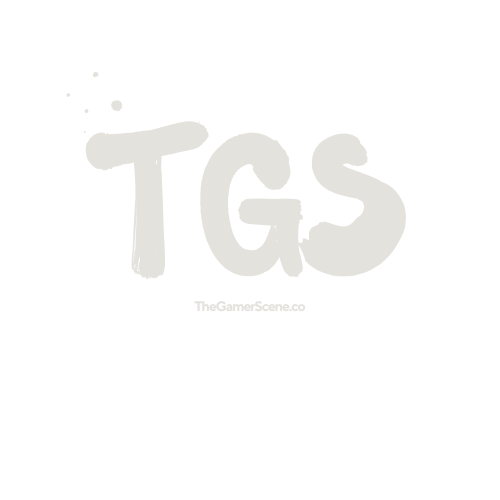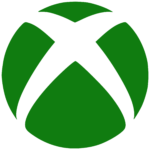Now Reading: Xbox Raises Game Pass Prices, Introduces New Tier Amid Backlash
-
01
Xbox Raises Game Pass Prices, Introduces New Tier Amid Backlash
Xbox Raises Game Pass Prices, Introduces New Tier Amid Backlash
Microsoft has announced significant changes to its Game Pass subscription service, including price hikes across multiple tiers and the introduction of a new entry-level option. The move, which goes into effect starting July 10, has sparked debate among players and industry watchers alike.
Under the new pricing structure, Xbox Game Pass Ultimate will increase from $16.99 to $19.99 per month, while the standard console Game Pass plan — which previously cost $10.99 per month — will now only offer access to a newly created “Xbox Game Pass Standard” tier at $14.99. This new tier includes a curated library of games, but does not include day-one releases, cloud streaming, or access to EA Play.
According to Microsoft, the changes are designed to “better align pricing with the value offered” and to allow more flexible entry points for new subscribers. “We want to ensure players have choices that reflect how they play and what they value most,” said Kari Perez, Head of Xbox Communications. However, longtime subscribers note that the removal of day-one access from the standard tier feels like a substantial downgrade without adequate compensation.
PC Game Pass is also seeing a price increase, now rising from $9.99 to $11.99 per month, though it still retains day-one titles. Additionally, Microsoft will no longer offer 12-month codes for Game Pass on console, alongside tighter restrictions on subscription stacking — a longtime workaround used by savvy subscribers to extend membership at lower rates.
Fan reactions have been mixed. While some applaud the addition of more structured tiers as a way to provide tailored experiences, others feel the changes mark a shift away from the consumer-friendly practices that once distinguished Game Pass in the crowded subscription space. With major titles like “Avowed” and “Indiana Jones and the Great Circle” on the horizon, the stakes are high — both for players deciding where to put their money, and for Microsoft to maintain goodwill among its user base.
As the gaming industry continues to consolidate and shift toward service-driven revenue models, Microsoft’s pricing update may signal broader changes still to come across the big three platforms.





















